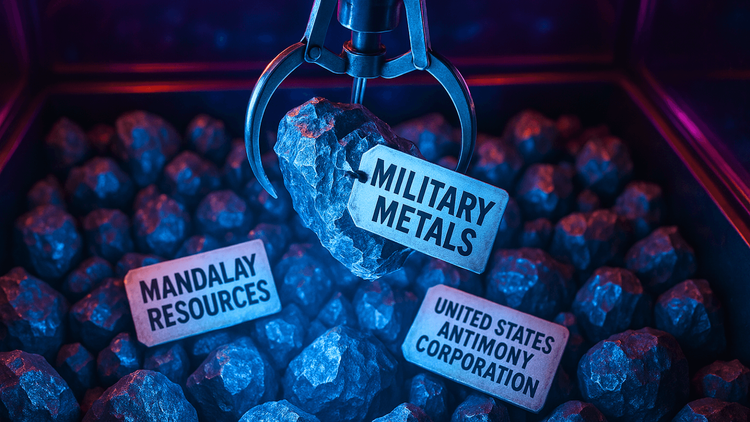U.S. Defense Leaders Warn of Munitions Crisis, Pledge Action
America’s munitions factories are racing against time to rebuild a 21st-century arsenal as global threats grow louder and deadlier.

The U.S. House Armed Services Committee gathered on June 11, 2025, to assess a matter that goes far beyond logistics: the future readiness of America’s Army munitions industrial base. Convened in Room 2118 of the Rayburn Building, this Tactical Air and Land Forces (TAL) subcommittee hearing wasn’t about wish lists—it was about survival, deterrence, and maintaining superiority in an increasingly volatile global security environment.
Leading voices from the Department of Defense and U.S. Army—including Mr. Steven J. Morani, Mr. Chris Grassano, Major General John T. Reim, and Brigadier General Daniel Duncan—testified before lawmakers about the challenges, shortcomings, and urgent modernization efforts underway to rebuild and transform America’s decaying munitions infrastructure.
The stakes couldn’t be higher.
A Foundation Cracking Under Pressure
Years of inconsistent funding, idle production lines, and dwindling stockpiles have left the U.S. munitions base dangerously fragile. As Mr. Morani put it, select inventories are not just low—they’re critically depleted. Worse, the infrastructure that underpins munitions production isn’t built for today’s strategic demands, let alone tomorrow’s.
The Ukraine war has been a wake-up call. It shattered any remaining illusion that modern wars could be won with peacetime stockpiles. Munitions are being consumed at breakneck speed in active conflict zones, exposing vulnerabilities in America’s ability to sustain prolonged engagements or reconstitute its forces in the face of a peer-level adversary.
This industrial weakness is no longer just a logistics issue. It’s now a strategic liability.







